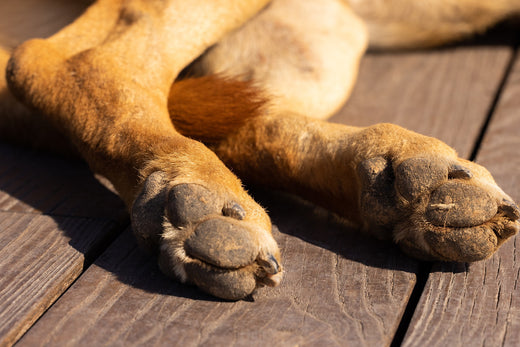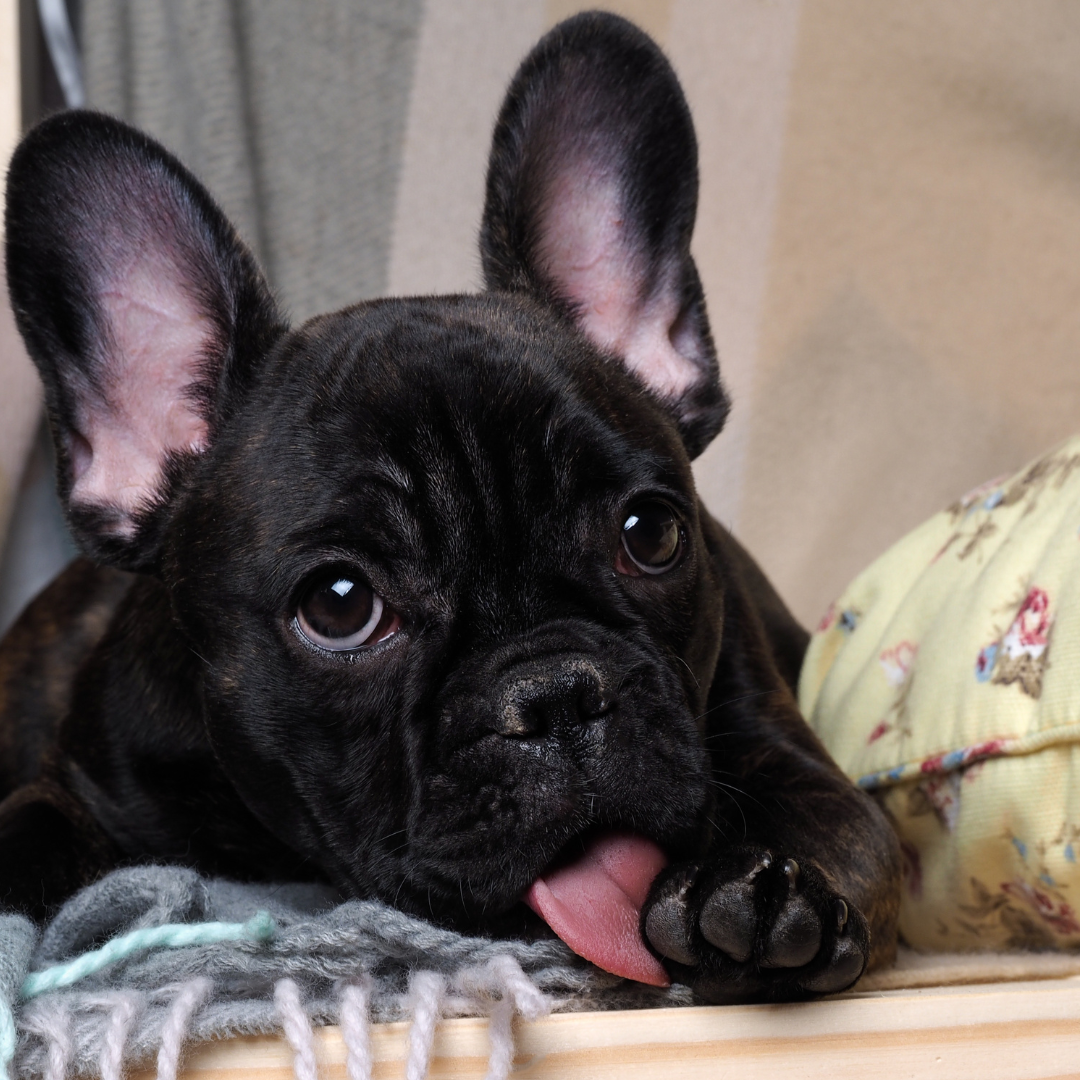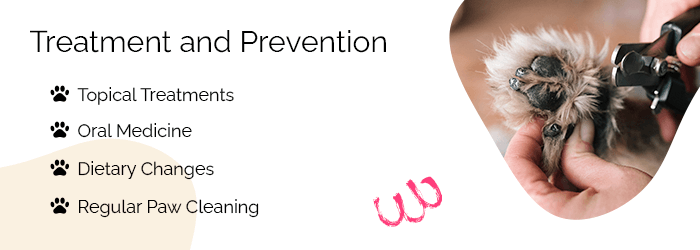
Paw Pad Yeast Infection 101
There are estimated to be around 148,000 species of fungi living on the earth. Luckily, many of these are not harmful, and some are even beneficial. With so many fungi everywhere, humans, dogs, and other animals are constantly in contact with them. As dogs' paws are the part of their body that touches the earth the most, this is where they typically have the most fungus present. Small amounts cause no issue, but a paw pad yeast infection can occur due to a significant overgrowth of the Malassezia species of fungus. Malassezia yeast fungus is most commonly found on dogs' skin and ears, and overpopulation can cause skin irritation, redness, and a foul "yeast-like" smell. Dogs can develop yeast infections for many reasons, but as yeast multiplies in moist conditions, it's more likely to occur in humid climates. In addition, dogs release sweat through their paws, creating a breeding ground for fungus. Another reason dogs can develop a yeast infection is if their immune system is low due to a disease or injury. A paw yeast infection is common for all canines, but certain breeds are genetically predisposed, such as Poodles and Chihuahuas. In addition, dogs with more skin folds, such as Boxers and Basset Hounds, are more susceptible to developing yeast infections as they trap more sweat.

Paw Yeast Infection Symptoms
Some of the symptoms of a yeast infection are similar to many other paw issues, such as bacterial infections, injuries, allergies, and dermatitis, such as:- Redness
- Excessive licking or chewing
- Inflammation
- Restlessness
- Scaly, crusty, flaky skin
- Rough, thickened skin
- Hair loss
- Chronic or recurrent ear infections or otitis externa (redness and swelling of the external ear canal).
Paw Yeast Infection Causes

There is a wide range of causes for an inflamed or red dog paw yeast infection. While they can occur due to excessive sweating or moist environments, they most commonly happen because of a secondary problem. Because of this, it's vital to determine the cause. Although the yeast infection may not seem too severe, the underlying issue could be. Here are the most common causes of paw pad yeast infections.
- Bad hygiene - Not cleaning your dog's paws regularly, not drying them after washing, and neglecting nail trimming creates a breeding ground for fungus.
- Poor diet - A high-carb or high-sugar diet or too many unhealthy human foods can make your pup nutrient deficient and more susceptible to infections.
- Suppressed immune system - Secondary health conditions like cancer, hypothyroidism, and bacterial infections compromise the immune system, making it harder for your dog's body to keep the yeast at bay.
- Prolonged antibiotic use - If your furry friend has been taking antibiotics for a while, their gut bacteria may be out of balance, increasing the likelihood of yeast infections.
- Allergies - Allergic reactions result from an overactive immune system, which can lead to yeast overgrowth.
Treatment and Prevention
If you suspect your dog has a yeast infection, take them to the vet for a diagnosis. In most cases, they will be able to diagnose a paw pad yeast infection from a visual examination. However, if needed, they may take a skin scraping, impression smear, or cotton swab sample and look at it closely under a microscope. Treating fungus infections is not tricky, and you can give your pup all the care they need at home. However, fungus infections do not clear up overnight and can take several weeks or even months. Dog paw yeast infection treatment usually consists of a combination of:

- Topical treatments - Your vet will first prescribe medicated shampoos, ointments, and powders to treat the infection topically. Anti-fungal creams can be applied directly to the affected area once a day or more. In addition, you can bathe your dog with medicated shampoo every 3 to 5 days for at least a few weeks.
- Oral medicine - If topical treatments do not help the infection, your vet may introduce oral medication. The most common anti-fungal drugs are ketoconazole, itraconazole, or fluconazole.
- Dietary changes - Your vet may suggest you feed low-carb, high-nutrition dog food and restrain from giving your pup any table scraps. You can also provide them with a vitamin supplement to boost their immune system.
- Regular paw cleaning - Once your dog's yeast infection clears up, prevent future occurrences by regularly cleaning their paws and trimming their nails. Get into the habit of washing or wiping their feet down after they come inside, but be sure to dry the paws thoroughly.
Yeast Infection Paw Soak
In addition to prescription medication and dietary changes, you can try a popular home remedy known as a "vinegar rinse." This dog paw yeast infection soak is suitable for both treating and preventing infection as it changes the pH of your dog's skin, making it less desirable for yeast. To make, mix 1 cup of apple cider vinegar with 1 cup of water. If your pup has a strong yeasty odor, you can add a small amount of baking powder. Soak your dog's feet for 5 to 10 minutes, and then allow them to dry completely. However, do not use this vinegar remedy if your dog has any open wounds on their feet, and consult your vet before trying it for the first time.
Final Thoughts
Dog paw pad yeast infections may not be the most severe medical condition. However, if left untreated, they can become painful, lead to secondary bacterial infections, and even spread to the rest of the body. Therefore, if you notice a yeast infection on your dog's paws, book an appointment with your vet to start treatment sooner rather than later.

